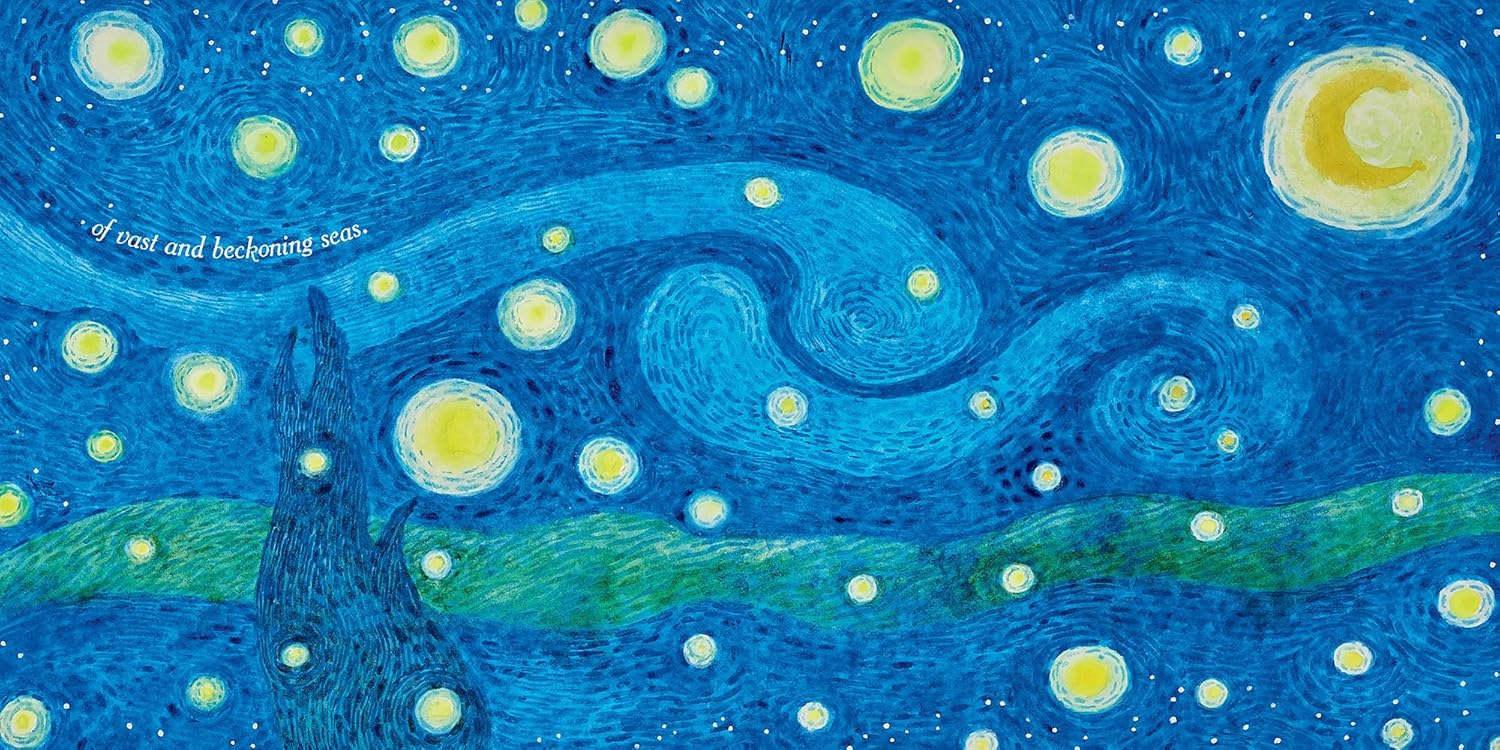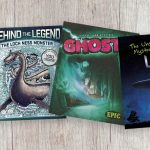Epic historical events inspired some of Peter Sís’s most celebrated books, including titles such as Nicky & Vera: A Quiet Hero of the Holocaust and the Children He Rescued (Norton, 2021) and the Caldecott Honor Book The Wall: Growing Up Behind the Iron Curtain (Farrar, Straus, and Giroux, 2007). But Sís’s latest picture book, In Praise of Mystery (Norton, 2024), is linked to an epic event that reaches into the future: the October 2024 launch of the Europa Clipper spacecraft to Jupiter and its moons. The spacecraft is scheduled to reach Jupiter’s orbit in 2030. Sís illustrated this picture book version of a poem written by U.S. Poet Laureate Ada Limón, which she dedicated to the Europa Clipper mission and that was engraved on the spacecraft before its journey deep into space.
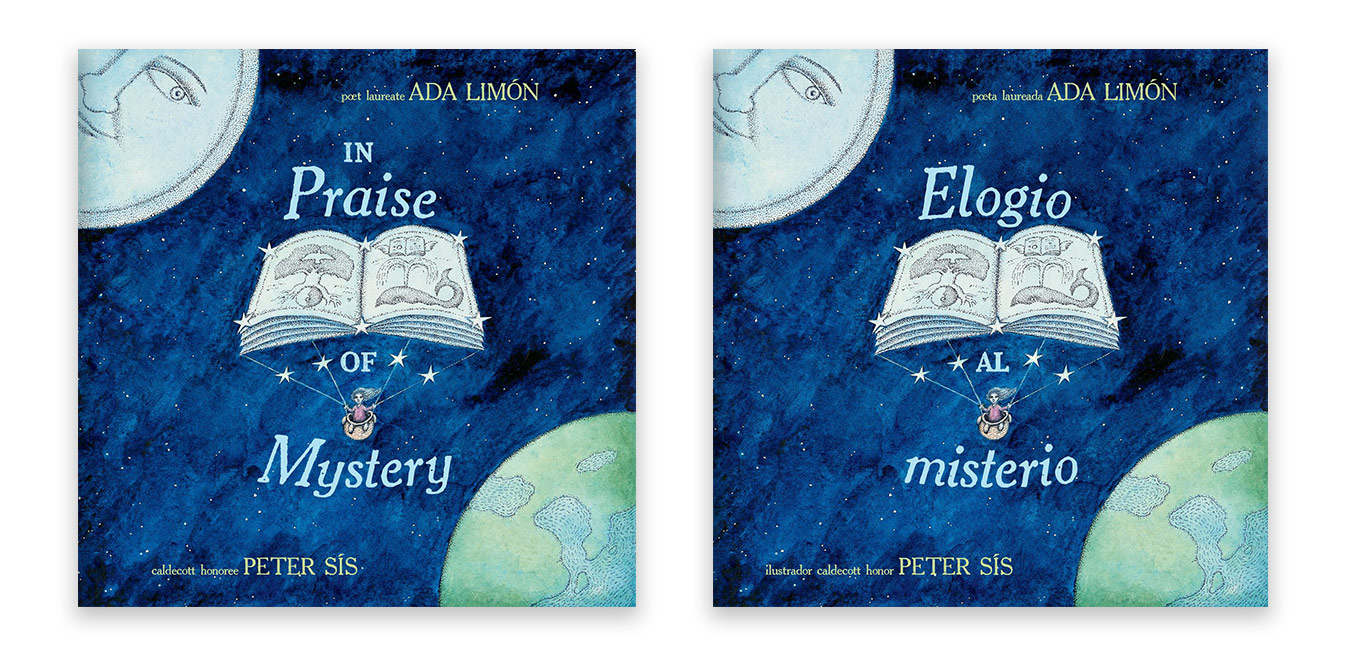
Here, Sís talks about creating the illustrations for such a “far-reaching” poem, shares a powerful story about one of his young readers, and reveals how the books he read as a child changed the course of his own life.
The text for In Praise of Mystery was engraved on the spacecraft that launched to Jupiter and its moons in October. How did the knowledge of that monumental journey affect the way you approached the creation of your illustrations?
The scope of the poem was hard to imagine at first, especially thinking about the photos from NASA’s James Webb Space Telescope. But then, bit by bit, I let the poem speak to me, and the story slowly unfolded.
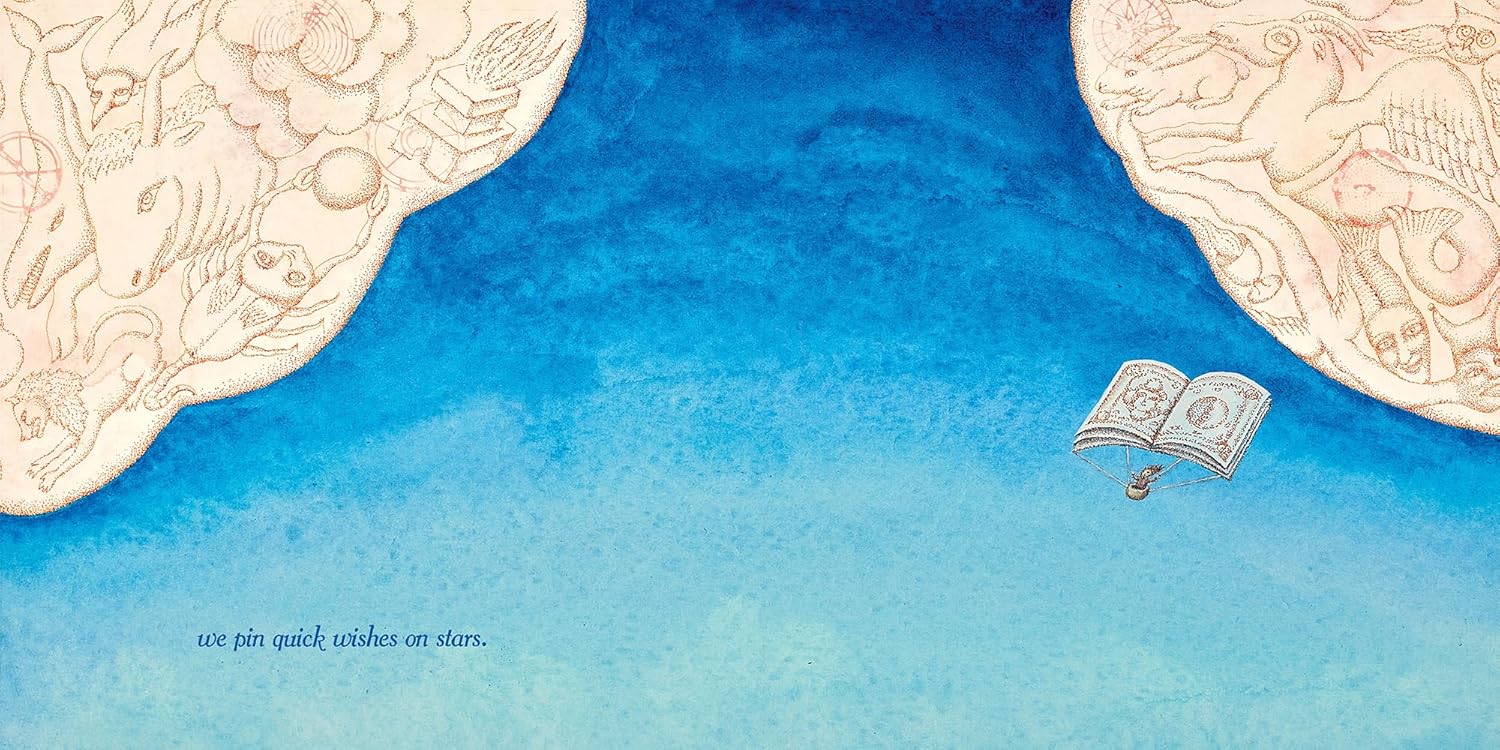
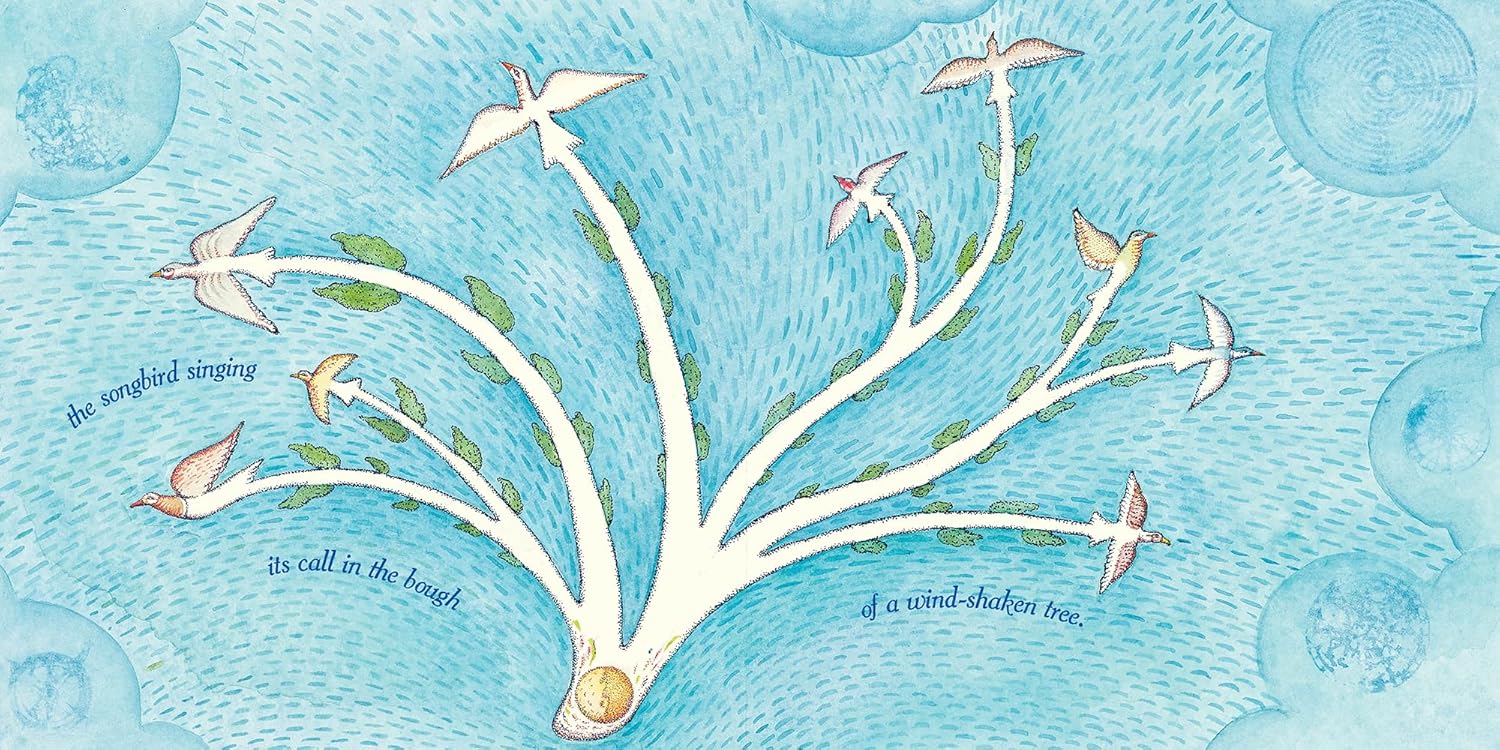
Spreads from In Praise of Mystery.
Some of the words that float up for me as I study your illustrations for In Praise of Mystery include vibrant, luminous, soaring, surprising, dynamic. What words inspired your artwork?
These are beautiful words. I appreciate them. In In Praise of Mystery, the words of the poem and what it gradually meant to me were the inspiration. Thanks to the editor, they became the pictures you see in the book. I think the joy for someone who creates books is when the book works. That is beyond any words you can attach to it. What I have learned is that a simple picture in the right place can enhance the story better than a detailed, time-consuming labyrinth of dots.
What I have learned is that a simple picture in the right place can enhance the story better than a detailed, time-consuming labyrinth of dots.”
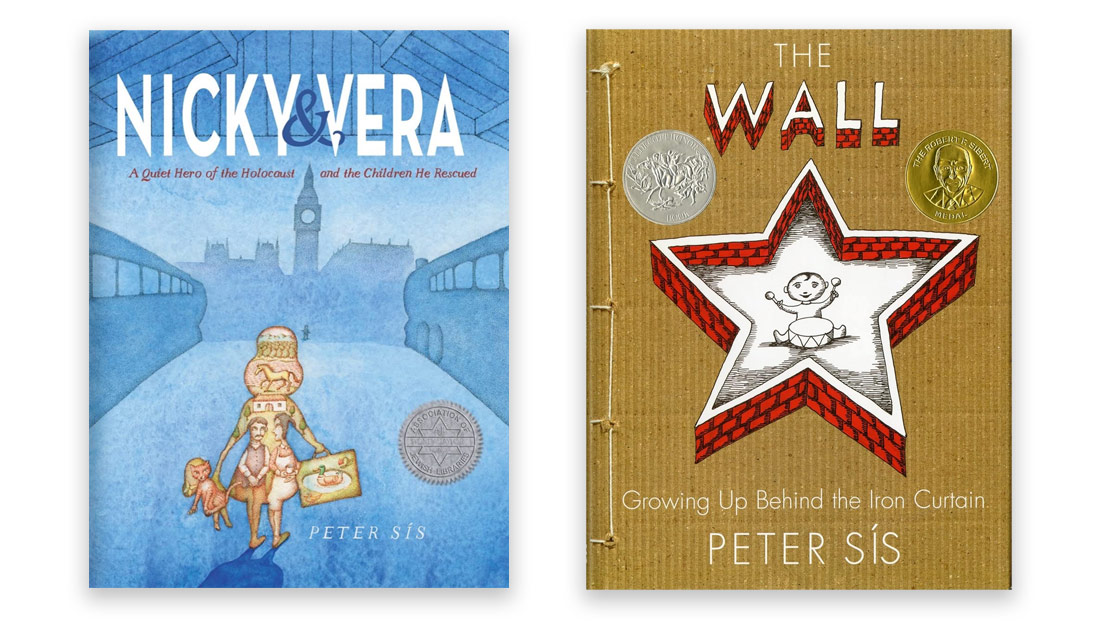
For many of your books, such as the picture book Nicky & Vera, you were both the author and the illustrator. For In Praise of Mystery, however, you created the illustrations for another writer’s poem. What does it add to the creative process for you when the book is a collaborative project?
It is great to work with a team. It makes the creative process so much easier: good editor, good writer, and good artist. Even deadlines can be useful. To create your own project story—art, books, film—takes a lot out of you. It is a great joy once it is done, and vice versa. I think you learn a lot working with a team, and you can use what you learn for your own projects later.
I think you learn a lot working with a team, and you can use what you learn for your own projects later.”
Your body of work spans decades. In regard to creating books, what has most changed for you over that time?
I used to create books for my own kids, and they would tell me if they liked it or not (they did not like when I “borrowed” their stories).
In the old days, young readers sent me tons of letters, but now with the internet that stopped. Now the publisher will say: we sold X number of books in X number of schools in X number of countries. So, I miss those young readers.
An Activity for Your Classroom or Library
The poem below inspired Peter Sís’s incandescent illustrations for In Praise of Mystery. Now you can invite your students or library visitors to respond to these same powerful words with their own artwork—and then compare their creations to those by Peter Sís.
In Praise of Mystery: A Poem for Europa
by Ada Limón
Arching under the night sky inky
with black expansiveness, we point
to the planets we know, we
pin quick wishes on stars. From earth,
we read the sky as if it is an unerring book
of the universe, expert and evident.
Still, there are mysteries below our sky:
the whale song, the songbird singing
its call in the bough of a wind-shaken tree.
We are creatures of constant awe,
curious at beauty, at leaf and blossom,
at grief and pleasure, sun and shadow.
And it is not darkness that unites us,
not the cold distance of space, but
the offering of water, each drop of rain,
each rivulet, each pulse, each vein.
O second moon, we, too, are made
of water, of vast and beckoning seas.
We, too, are made of wonders, of great
and ordinary loves, of small invisible worlds,
of a need to call out through the dark.
Copyright Ada Limón, 2023. All rights reserved. Used with the permission of Norton Young Readers. The reproduction of this poem may in no way be used for financial gain.
To learn more about the background behind Ada Limón’s poem, click here.
To learn more about NASA’s Europa Clipper mission, to which Ada Limón dedicated this poem, click here.
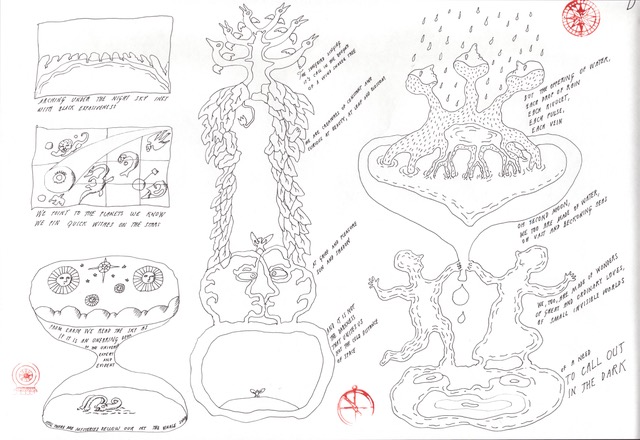
Very early doodles, just ideas of growing vegetation and pools of water from In Praise of Mystery.
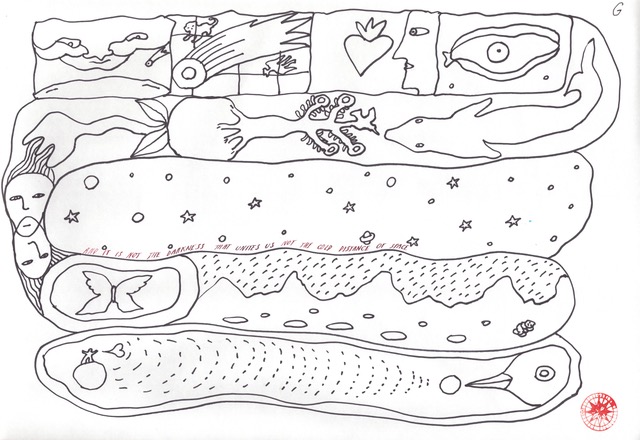
I was thinking the poem is a river when one picture becomes another.
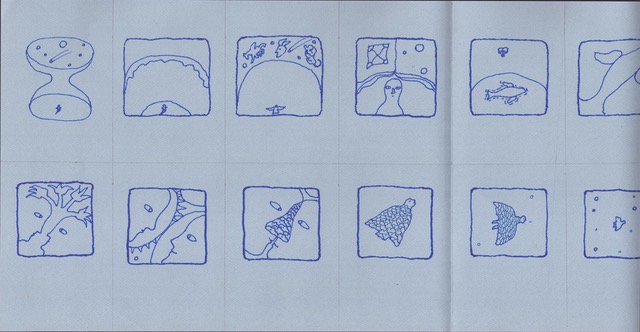
This was a story board continuity of the poem.
Many of your books have been widely published internationally. How does it feel to know you’ve reached readers in so many far-flung places?
How many countries and how many languages my books are published in is hard to imagine. I have to see it, feel it, touch it—just like when I discovered my book about Prague in French in a bookstore on the island of Martinique. I want to imagine kids who are enjoying my books. I know I enjoyed books from faraway countries when I was a kid.
How did your childhood reading habits influence you as a writer and an artist today?
My childhood was colorful because of books. I was born in a country which was not free, and books were portals to another dimension. Now my country—the Czech Republic—is free, but I think books can still take you places. They always do. Oh yes—the times of growing up and dreaming about a free world totally became my inspiration as a person and as an artist.
My childhood was colorful because of books. I was born in a country which was not free, and books were portals to another dimension.”
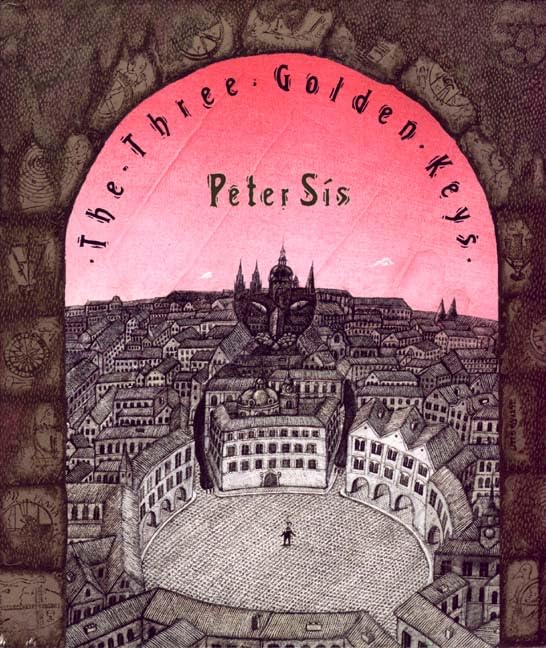
Could you share a favorite anecdote about a reader’s response to one of your books?
The best fan response to my book was a little boy whom I picked from a big crowd of kids in the Chicago Public Library to be with me on the stage, pretending to be Golem in my The Three Golden Keys (Doubleday, 1994) book presentation. His teacher wrote me later that the little boy had had a sad event in his life, and did not speak for a long time—months. After I made him my actor (or assistant), he began to speak again. Now that is great!
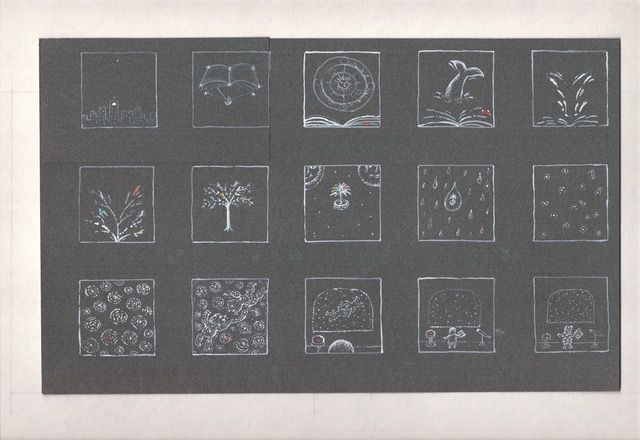
A storyboard-the idea was that the space is dark and drawings would sparkle like the stars in the sky.
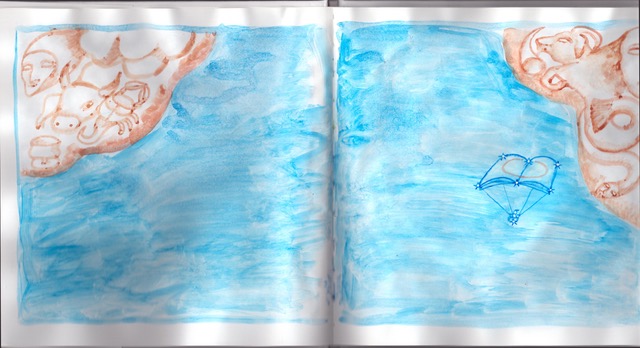
This is a watercolor of the idea which became the image at the end of the book.
What’s your best advice for young readers who want to be artists, writers, or to pursue some other creative activity?
My best advice for young readers and artists and people is to look—look around you—observe and dream and run around and move, because as a book artist you will sit aplenty.
My best advice for young readers and artists and people is to look—look around you—observe and dream and run around and move.”
What would you like to tell your fans about your forthcoming books?
I am working on a book about how I drove across America from LA to New York to become a children’s book author … I am driving and thinking about my life … but how do I explain what gramophones and records were, or public phones (and calling collect), or a map?
What do you most enjoy about being a writer and an artist?
Just letting ideas flow is the most wonderful part of creativity.
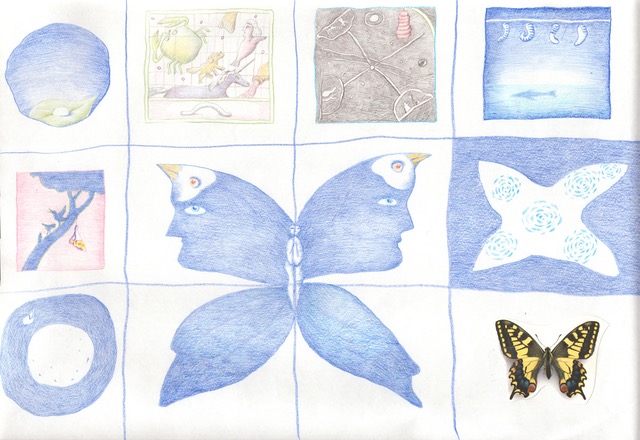
The idea of butterfly…I guess I was inspired by a project our daughter was working on. For a puppet play, she hand-painted the life cycle of monarch butterfly. How magic and mysterious it is. Just like our universe.
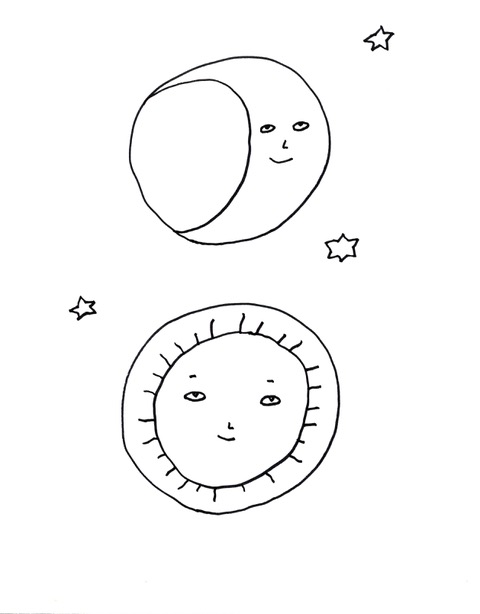
This is the simple drawing of the planets. Just to have fun. There are many more drawings, doodles and ideas. This is what you do when illustrating a book-to see what might work. Or better, the editor and you together can see what works.
What’s your favorite part of creating books for young people?
- When you have a good project.
- When it comes together.
- When you see the first proofs.
- When you hear from the first child who sees it.
What are the best ways for educators and librarians to connect with you or to follow you on social media?
https://www.facebook.com/peter.sis.art
https://www.instagram.com/peter.sis.art

